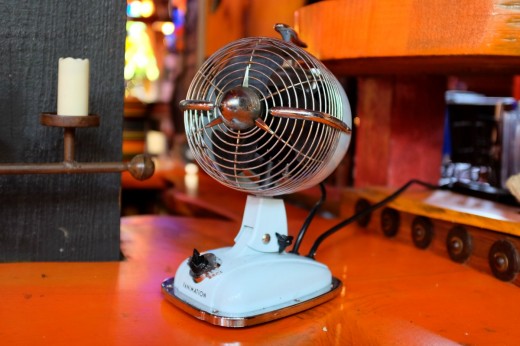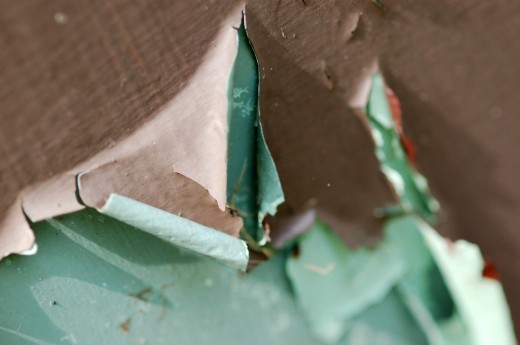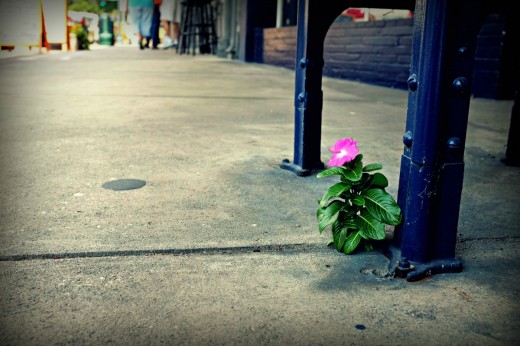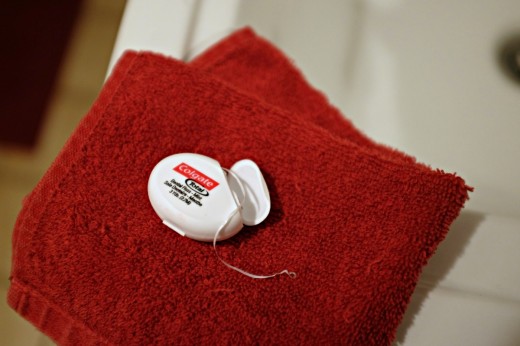It’s tempting to get your product “just right” before shipping. I mean, why produce (publish, manufacture, create) something if it’s not the best it possibly can be?

Well, because you will never improve it fast enough until you actually ship it.
And revise. And repeat.
Each time you complete a phase of your product’s evolution, your ability to refine it also improves. Said differently, you will improve your product much better the more iterations (cycles) of develop-and-release you complete.
The key to bettering, therefore, is not huge phases of development. Instead, the key is more, shorter, development cycles.
Remember the Rev Dash concept?
It’s important to ship Rev Dash so you can get started on the next revision, Rev A. Then B, then C, until you eventually get to Rev K or so. That’s when your product really starts to become great.
There’s no other way to refine your product. But let’s imagine it anyway.
You could develop your product for a decade, then have it on the shelves for a decade. But that’s still only one iteration of your develop-and-release cycle!
The goal is to get over being afraid of shipping something that isn’t perfect. It will happen every time, so just accept it! Instead, realize “done” is the goal.
90 percent perfect and shared with the world always changes more lives than 100 percent perfect and stuck in your head.
–Jon Acuff
This is what I do with Leadership Vacuum. It forces me to ship three times a week, whether great or awful. But this way I’m getting better at the creating, editing, and shipping process — three times every week.
Once you have shipped your idea, you can process feedback about it. People can’t try out your product until it is in their hands. Mentors can’t read your book until you send them a draft.
And until you are done, you don’t really know what problems your product has. Why?
Because you only use the product how you intended it to be used. Others will use it a hundred different ways than you imagined. They will expose the product’s strengths and weaknesses.
As a software engineer, I experience this constantly. I write an app that works perfectly, but only when it is used like it was designed. When I “test” my software, I use it the right way and it works. When the customer uses it, they ignore my intentions and make up their own rules. They are not limited to my “ideal” test case.
It is difficult to fully test your product as the designer. That’s what users are for!
Ship already. Then your users can give you feedback. So you can better your product.
And ship again.
And use short develop-and-release iterations to help you get rid of bad ideas and find good ones quickly.
Extra Credit: Read this article.
How awesome would your product be after the tenth time you revise and ship it?





